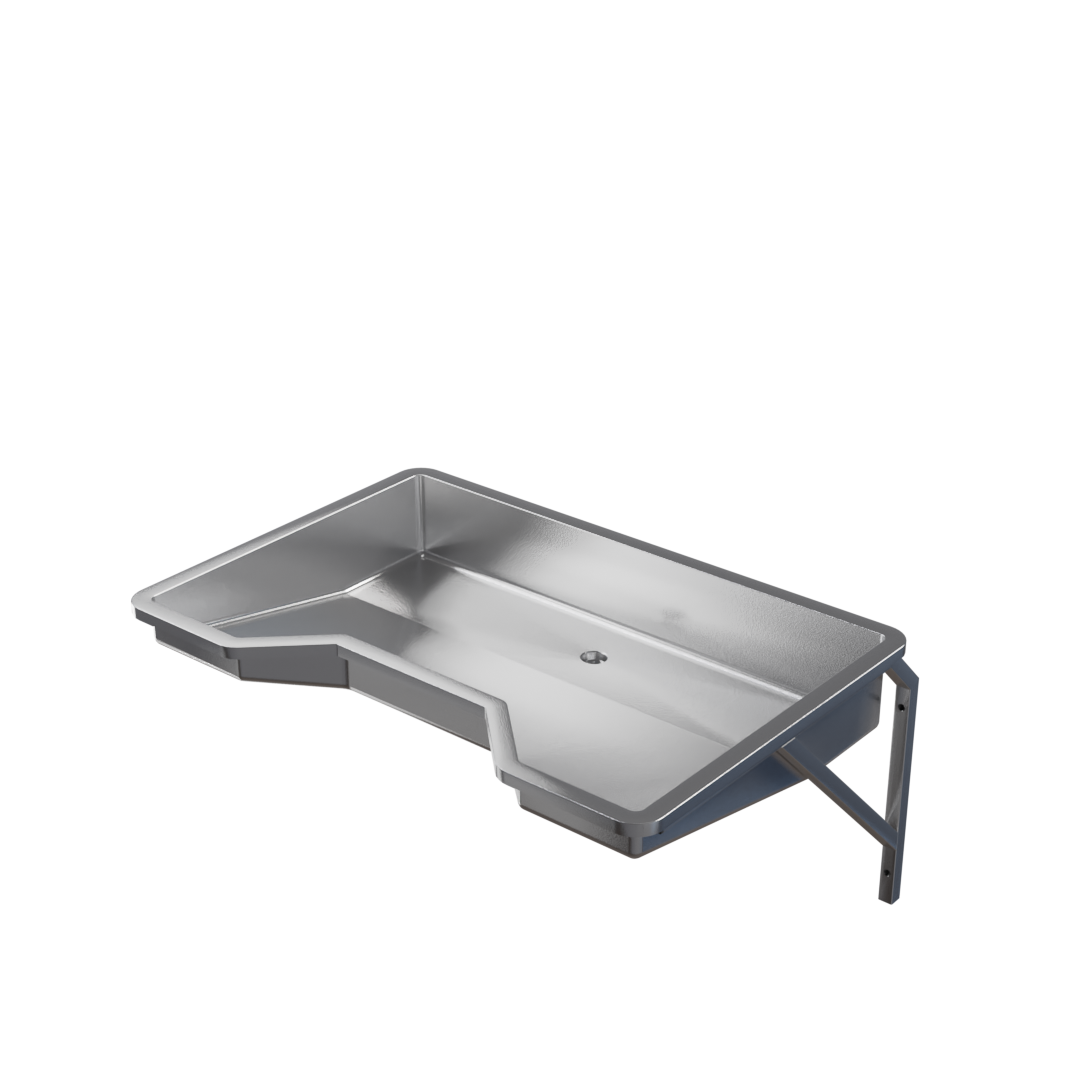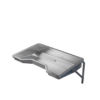Surgeons’ hand wash basin 7110
Surgeons’ hand wash basin 7110 is designed to facilitate handwashing in operating theatre cleaning facilities in particular. The shape of the basin’s front edge is designed to direct any water dripping from the elbows back into the basin. The polished surface and rounded edges of the hand hygiene basin make the basin easy to disinfect and clean.
The basin can be used for creating a basin group set by joining the basins together.
Technical information
Material
Stainless steel AISI 304
Surface treatment
Electric polishing
Measurements of basin (width x depth x height)
1000x675x150 mm
Accessories
A base valve (stench trap isn’t included in the delivery)
Connections
Drain connection
Installation
Wallmounting
Manufacturer
Kavika HealthCare Oy, Mursketie 6, 15860 Hollola
contact@kavikahealthcare.fi, www.kavikahealthcare.fi

